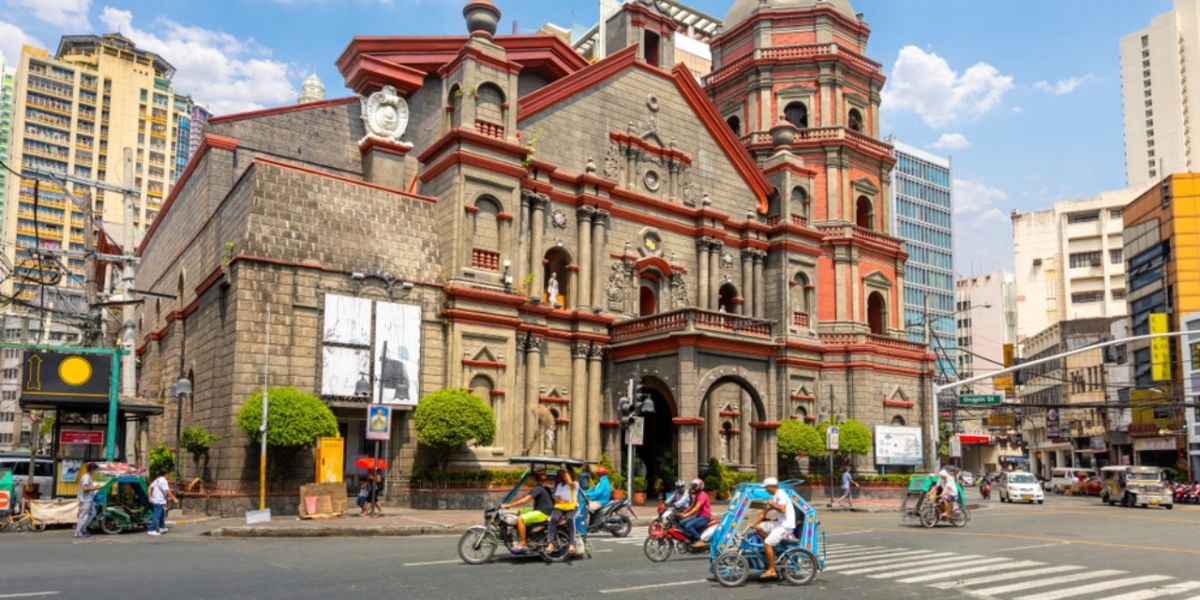
About to move to the Philippines? Wondering how you're going to adapt to your new environment and lifestyle? Here are some guidelines to help you around.
The Philippines consists of a total of 7,641 islands, some of which do not even have a name. With almost 114 million inhabitants, it is known to be the world's 38th most densely populated country. The Philippines has a huge historical heritage, having been colonized by the Spanish and then by Americans. Independence came later on, allowing the population to build up its own culture and lifestyle.
If you intend to relocate to the Philippines, you will simply be delighted to discover and learn more about Filipino everyday life in a vibrant environment.
Languages in the Philippines
To date, there exist more than 500 dialects in the country. Eight of them are spoken by the majority: Tagalog, Cebuano, Ilocano, Hiligaynon or Ilonggo, Bikolano, Waray, Kapampangan, and Pangasinense. However, the Filipino is the country's official language. Please note the nuance in the language insofar as Tagalog is the foundation upon which Filipino was built, and Filipino is the natural evolution of Tagalog. On the other hand, most of the population speaks English (reluctantly in the provinces). Hence, you should be able to communicate with the locals.
Religion in the Philippines
The Spanish colonization period has, without a doubt, marked the archipelago's population. The Philippine Statistics Authority (PSA) reported that “eight out of ten of the household population in the Philippines were Roman Catholics (81.04 percent)”. Therefore, Christianity occupies an important place in the lives of people. Islam, which is mostly concentrated in the Mindanao area, comes in second place. Protestantism and Buddhism are also present, as well as tribal religions in rural areas. There also exist two Filipino independent churches called the Aglipay (Philippine Independent Church) who recently signed a covenant with the Anglican Church, and the Iglesia ni Kristo (Church of Christ).
Living like the locals in the Philippines
During your stay in the Philippines, you are advised to dress up casually, bearing in mind that it is a Catholic country. Hence, fashion with too much exposed skin, even in summer, will still attract unwanted attention. Filipinos are very friendly people due to their spirit of kinship or bayanihan, which means they are always hospitable and ready to help people. They are usually always smiling, so feel free to respond to their smile. When you meet them for the first time, a handshake is more appropriate than a kiss on the cheek.
When invited to a Filipino's home, check if there are shoes at the doorstep, which means you should remove your shoes before entering the house. Even though this is a very common tradition, certain households do not follow it. They like their telenovelas at night, which is also an avenue for the whole family to get together, and there is also the occasional karaoke where people sing their hearts out. Traffic and pollution is a common problem in the greater Manila area, so make sure to always account for that in your everyday commutes.
Cuisine in the Philippines
Rice is very present in Filipino cuisine and can be considered equal to bread in the West. However, Spanish, Chinese and Malay cultures have deeply influenced the local gastronomy, giving rise to a blend of delicious smells and tastes that can be a real delight for foreigners. The adobo, which is a meat dish cooked with vinegar, salt, garlic, pepper, soy sauce and other spices, is probably one of the most popular local specialties. But each region has its own specialty. You will love the Pastillas de leche, prepared with milk and sugar for dessert.
Filipinos love to eat. That's why it's no surprise to find that the food scene in its big cities is attracting award-winning chefs who have set up branches of their Michelin-starred restaurants in the country. You are bound to find your foreign cuisine of choice as well as traditional Filipino cuisine with a modern twist.
Culture in the Philippines
The Spanish and US cultures have undeniably influenced the population in all spheres of everyday life. Once you have got acquainted with the country and its different regions, you will also sense Chinese and Japanese influences in various ways. Therefore, regardless of your nationality and the country where you have been living previously, you will discover a real blend of cultures and flavors during your stay in the Philippines.
Useful links:
We do our best to provide accurate and up to date information. However, if you have noticed any inaccuracies in this article, please let us know in the comments section below.








